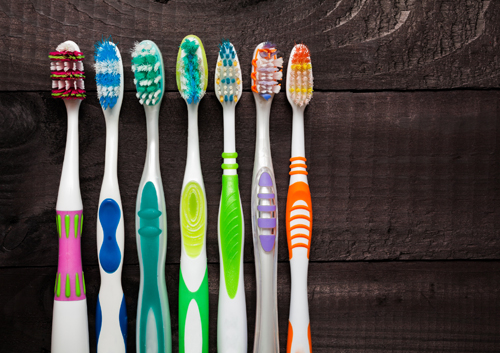Can children be at risk for periodontal disease?
January 3, 2020

You want to check all the boxes when you consider your child’s dental health. You make sure your child brushes twice daily to avoid cavities. You’ve made a plan for an orthodontic checkup just in case braces are needed. You insist on a mouthguard for dental protection during sports. One thing you might not have considered? Protecting your child from gum disease.
We often think about gum disease, or periodontitis, as an adult problem. In fact, children and teens can suffer from gingivitis and other gum disease as well. There are several possible reasons your child might develop gum disease:
Poor dental hygiene
Two minutes of brushing twice a day is the recommended amount of time to remove the bacteria and plaque that cause gingivitis (early gum disease). Flossing is also essential for removing bacteria and plaque from hard-to-reach areas around the teeth.
Puberty
The hormones that cause puberty can also lead to gums that become irritated more easily when exposed to plaque. This is a time to be especially proactive with dental health.
Medical conditions
Medical conditions such as diabetes can bring an increased risk of gum disease. Be sure to give us a complete picture of your child’s health, and we will let you know if there are potential complications for your child’s gums and teeth and how we can respond to and prevent them.
Periodontal diseases
More serious periodontal diseases, while relatively uncommon, can affect children and teens as well as adults. Aggressive periodontitis, for example, results in connective and bone tissue loss around the affected teeth, leading to loose teeth and even tooth loss. Let us know if you have a family history of gum disease, as that might be a factor in your child’s dental health, and tell us if you have noticed any symptoms of gum disease.
How can we help our children prevent gum disease? Here are some symptoms you should never ignore:
- Bleeding gums
- Redness or puffiness in the gums
- Gums that are pulling away, or receding, from the teeth
- Bad breath even after brushing
The best treatment for childhood gum disease is prevention. Careful brushing and flossing and regular visits to our office for a professional cleaning will stop gingivitis from developing and from becoming a more serious form of gum disease. We will take care to look for any signs of gum problems, and have suggestions for you if your child is at greater risk for periodontitis. Together, we can encourage gentle and proactive gum care, and check off one more goal accomplished on your child’s path to lifelong dental health!




